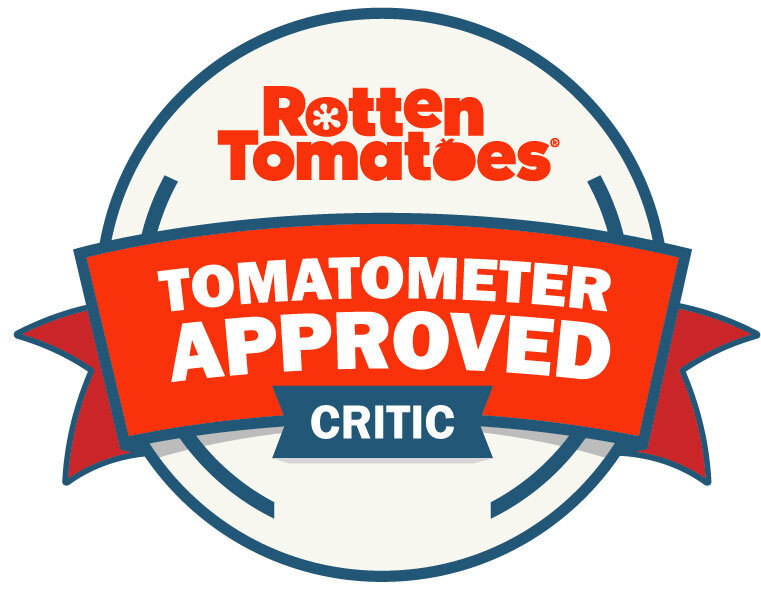1948 // UK // Michael Powell and Emeric Pressburger // September 5, 2010 // Theatrical Print (Webster University Moore Auditorium)
[Note: This post contains spoilers. The Red Shoes was screened on September 3-5, 2010 as a part of the Webster University Film Series' Dance on Film feature.]
"Time rushes by, love rushes by, life rushes by, but the Red Shoes go on." Another inexcusable blind spot in my cinema literacy, rectified at long last. Much has been written about the film's Technicolor glories, and about its surreal central ballet performance. I don't have much to add at the moment, other than to observe that while technically tame compared to, say, a contemporary show-stopper from Julie Taymor, The Red Shoes' ballet represents a far more daring gambit, narratively speaking. It takes a certain creative courage to drop a trippy, fantastical fifteen-minute ballet sequence into a film that is otherwise poised between a bubbling "Life Backstage" melodrama and an archetypal romantic tragedy.
Moira Shearer's flaming tresses (and perfectly freckled bosom) aside, the most compelling aspect of the film for me is unquestionably Anton Walbrook's for-the-ages portrayal of Mephistophelean producer Boris Lermontov. He's a domineering monster at heart, but there's nonetheless something pitiable in Walbrook's performance that suggests genuine artistic torment. The ambiguity of what's going on behind that perfectly collected and groomed façade, the uncertainty about what exactly motivates Lermontov, is what makes him such a delicious character. Walbrook himself was gay, and Powell and Pressburger seem to have conceived of the character as gay, which is fortunate, given that mere sexual craving for Vickie wouldn't be half as interesting as the hazy gestalt of possessiveness, paternalism, resentment, entitlement, and artistic idealism that seems to animate Lermontov.
One complaint: Setting aside the notorious plot hole on display in the final scenes—Why the heck is Vickie wearing the red shoes before the show even starts?—the post-suicide coda strikes me as largely unnecessary. Much of it feels emotionally leaden or just downright silly, especially after the fiendish crescendo of the dressing room confrontation: Lermontov's choked-up announcement from the stage, the performance of the ballet sans-lead, and the lingering death scene between Julian and a suspiciously un-mangled Vickie. Far be it from me to re-write a masterpiece, but it would have been more satisfying if the film had concluded shortly after Vickie's fatal leap.









